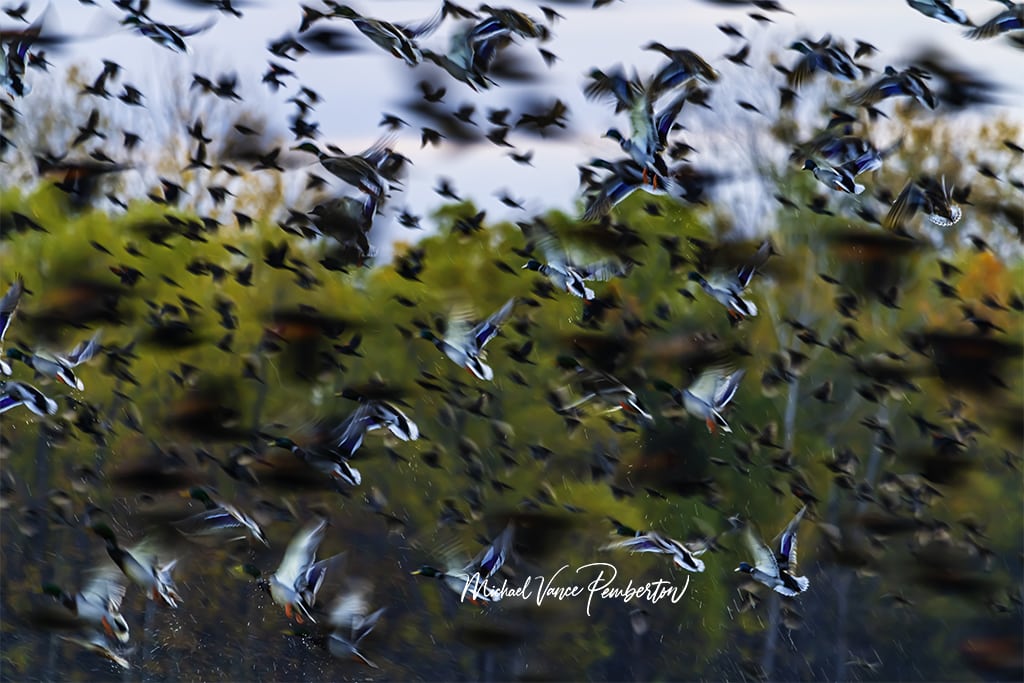Photography is a fascinating art form that allows us to capture the beauty of the world around us. In the digital age, almost everyone can access a camera, whether a high-end DSLR or a smartphone. While automatic modes on these cameras make taking decent photos more straightforward than ever, mastering manual mode can open up a world of creative possibilities. In this article, we will explore the key differences between shooting in manual mode versus automatic mode on your camera.

Understanding the Basics:
Before diving into the differences, let’s establish what each mode entails:
- Automatic Mode: Automatic mode, often represented by a green square or an “A” on your camera’s mode dial, is designed for simplicity. In this mode, the camera makes all the decisions for you – it selects the aperture, shutter speed, ISO, and even the focus point. This is great for beginners and quickly capturing moments without worrying about settings.
- Manual Mode: Manual mode, usually designated by an “M” on the mode dial, provides complete control to the photographer. You can adjust the aperture, shutter speed, and ISO to achieve your desired exposure and creative vision.
Now, let’s explore the key differences between these two modes:
- Creative Control:
- In manual mode, you have complete creative control over your images. You can adjust the aperture to control the depth of field (how much of the image is in focus), the shutter speed to capture motion or create long-exposure effects, and the ISO to control the sensitivity to light. This level of control allows you to express your artistic vision precisely.
- Automatic mode, on the other hand, sacrifices creative control for simplicity. It aims to produce well-exposed images under various conditions but may not capture the scene as you envision it.
- Handling Challenging Lighting:
- Manual mode excels in challenging lighting conditions. When faced with a high-contrast scene or tricky lighting, you can fine-tune your settings to maintain detail in both highlights and shadows, something that automatic mode might struggle with.
- Automatic mode might produce overexposed or underexposed images in challenging lighting, as it relies on its algorithms to make decisions without understanding your specific intent.
- Customization for Style:
- Manual mode allows you to develop your unique style as a photographer. You can experiment with different settings to achieve effects like bokeh (blurred background), motion blur, or minimal depth of field, giving your photos a distinctive look.
- Automatic mode, while convenient, produces predictable results that may lack the artistic flair associated with manual photography.
- Learning and Skill Development:
- Manual mode requires a deeper understanding of photography fundamentals, such as the exposure triangle (aperture, shutter speed, and ISO). It encourages learning and skill development, making you a more versatile and knowledgeable photographer.
- Automatic mode can be a great starting point for beginners, but it may hinder your growth as a photographer if you never venture beyond it.
- Adaptability:
- Manual mode is versatile and adaptable to various shooting situations. Whether you’re capturing landscapes, portraits, or action shots, manual mode allows you to tailor your settings to the specific requirements of each scenario.
- Automatic mode is less flexible and may only sometimes produce ideal results in specialized situations.
Conclusion:
In conclusion, the choice between manual and automatic modes on your camera boils down to your photography goals and your desire for creative control. If you’re starting, automatic mode can be a useful tool to get familiar with your camera. However, manual mode is the way to go if you’re passionate about photography and wish to unlock its full potential. It provides the ultimate creative freedom, allowing you to capture images that reflect your unique vision as a photographer. So, grab your camera, experiment with manual mode, and embark on a journey of creative exploration through photography.


Recent Posts
In shadows cast by love's deceitful guise,He wandered blind, his heart the captive prize.Through realms unknown, where truth remained concealed,He followed trails of falsehood, unrevealed. Blinded...
Prepare to be amazed as the MCAS Cherry Point Air Show returns on May 11-12. This annual event, hosted by the Marine Corps Air Station (MCAS) Cherry Point in North Carolina, promises a weekend of...